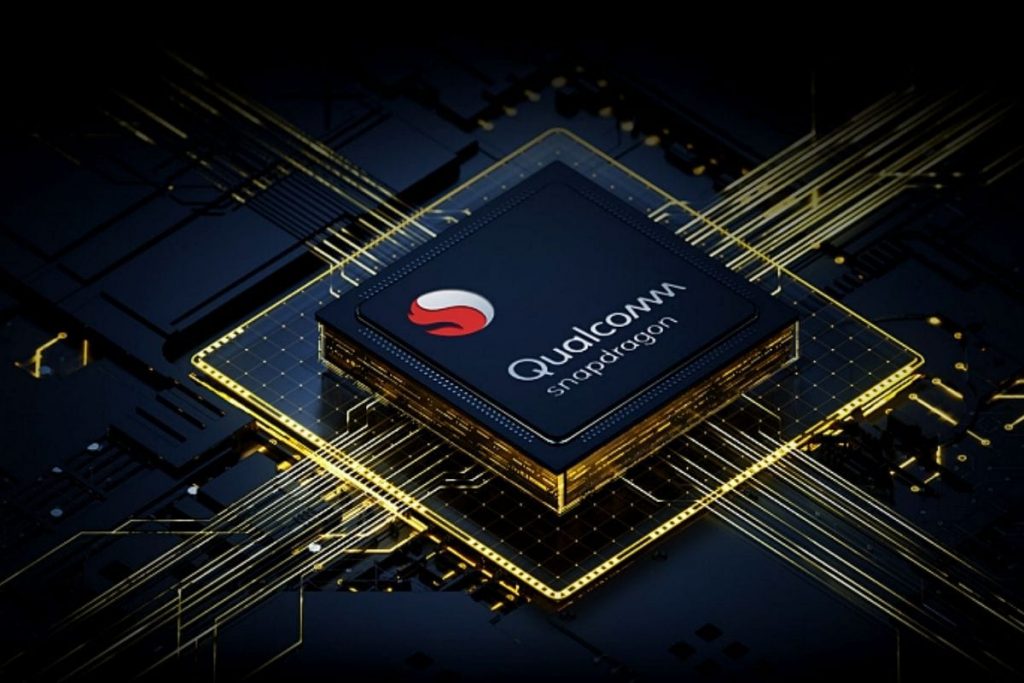Japan’s new chip equipment export rules will take effect on July 30, 2023. The new regulation aims to provide controls that prevent advanced chip technology from reaching Beijing. Japan has been a long-term ally of the United States and the rules are in tandem with that of the US.

The new rules require export licenses for semiconductor manufacturing equipment. Twenty-three items have been added to the list. It includes the equipment required to produce circuit patterns (EUV lithography) and test chips. The tightening of export controls in the chip manufacturing industry makes it harder to export advanced chipmaking tools into China.
The move is seen in some quarters as a direct frontal assault against Beijing and a response is expected from China. Some industry experts have hinted that producing cutting-edge semiconductor devices will be more difficult for China in the short and medium term. The new rules are also the aftermath of the US direct call to Japan and the Netherlands for tightening restrictions on advanced semiconductor equipment. Japan and the Netherlands are two of the world’s biggest suppliers of semiconductor manufacturing equipment. The Netherlands has also formulated new restrictions that will kick in this September.
Currently, Japan accounts for up to a third of China’s semiconductor-manufacturing equipment imports. It is China’s leading source of such critical advanced equipment and the new rules expand suppliers’ reporting requirements. There are exemptions however that cover 42 countries and territories. Japanese suppliers may still enjoy a favorable market in China in low-end aspects of the chipmaking industry. China had scaled up its capacity in the production of legacy (older) chips following the US clampdown.
There could be a reciprocal response from Beijing that will hurt aspects of Japan’s growing trade with China. China continues to hit at US suppliers as reprisal for the US action and the Japanese move may also yield a strong response.
RELATED:
- Best Ultrawide Monitors for Productivity 2023: LG, Samsung, Dell & more
- No! Huawei is not getting 5G chips from Qualcomm, but there is good news
- Coolpad Grand View 40s Launched with Dimensity 700 5G Chipset
- iPhone SE 2024 Tipped to Feature OLED Display, Apple’s 5G Chip
- UNISOC T820 5G Chip Receives Vodafone Operator Certification
(source)







